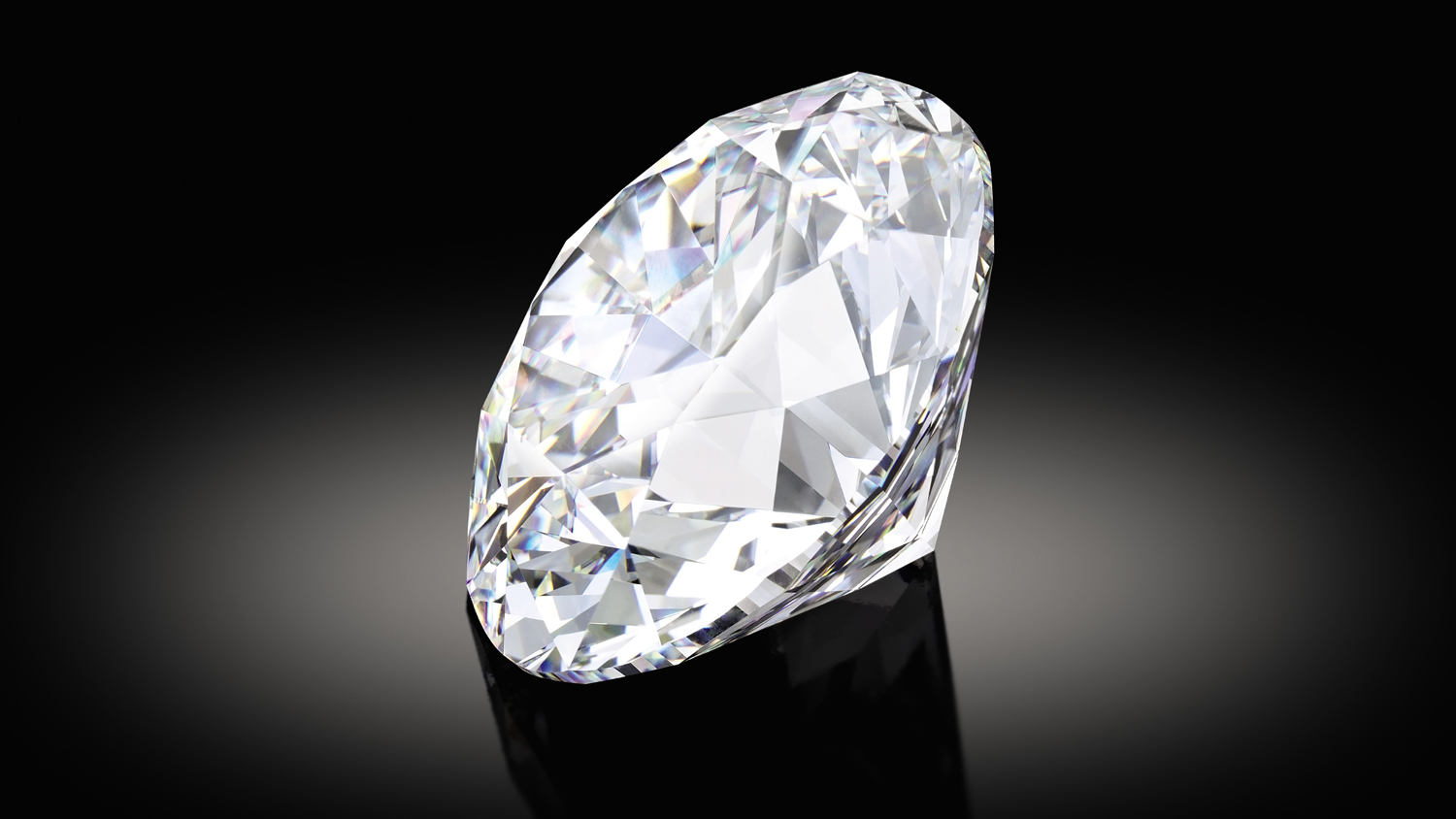The Rise of Recycled Gold and Lab-Grown Diamonds in Sustainable Luxury

In recent years, the demand for sustainable luxury products has skyrocketed, driven by increased environmental awareness and a shift toward ethical consumerism. Two key players in this shift are recycled gold and lab-grown diamonds, both of which offer eco-friendly alternatives to traditional precious metals and gemstones. These innovations are transforming the jewelry industry and providing consumers with choices that align with their values of sustainability and ethical sourcing.
Table of Contents
ToggleWhat is Recycled Gold?
Recycled gold refers to gold that has been reclaimed from old jewelry, electronics, and other products. Instead of being mined from the earth, recycled gold is repurposed, cleaned, and refined to create new jewelry items. This process drastically reduces the environmental impact of gold mining, which is known for its destructive effects on ecosystems, as well as its significant carbon footprint.
Recycled gold is not only a responsible choice for consumers concerned about sustainability, but it also ensures that no new gold needs to be extracted, which helps preserve natural resources. Additionally, the process of recycling gold reduces energy consumption and decreases harmful emissions. The use of recycled gold is increasingly becoming a popular choice in the jewelry market, allowing consumers to enjoy luxurious products without compromising on their environmental values.
The Emergence of Lab-Grown Diamonds
Lab-grown diamonds are another innovation that aligns with the growing demand for sustainable luxury. Unlike traditional diamonds, which are mined from the earth, lab-grown diamonds are created in controlled laboratory settings using high-pressure, high-temperature conditions or chemical vapor deposition. These methods simulate the natural process of diamond formation, resulting in diamonds that are virtually identical to their mined counterparts.
The primary advantage of lab-grown diamonds is that they are much more environmentally friendly. Traditional diamond mining can have devastating effects on local ecosystems, including deforestation, water contamination, and soil erosion. In contrast, lab-grown diamonds require significantly less energy and water to produce, making them a far more sustainable option for consumers.
The Environmental Benefits of Recycled Gold
One of the most compelling reasons to choose recycled gold over mined gold is the positive impact it has on the environment. Gold mining is a resource-intensive process that involves the use of toxic chemicals, such as cyanide and mercury, which can contaminate water supplies and harm wildlife. In addition, the destruction of ecosystems and habitats is a significant consequence of gold mining activities.
Recycled gold, on the other hand, eliminates the need for mining and reduces the associated environmental damage. By reusing existing gold, the need for harmful extraction methods is minimized, and the depletion of natural resources is slowed. Furthermore, recycling gold can reduce the carbon footprint of jewelry production, as it requires less energy than traditional mining.
Why Lab-Grown Diamonds Are a Better Choice
Lab-grown diamonds have gained popularity as a more ethical and sustainable alternative to natural lab grown diamonds. In addition to being environmentally friendly, lab-grown diamonds also offer a more affordable option for consumers. Traditional diamonds are often priced at a premium due to the rarity and costs associated with mining, whereas lab-grown diamonds can be produced at a fraction of the cost.
Beyond their environmental benefits, lab-grown diamonds also eliminate many of the ethical concerns associated with mined diamonds, such as exploitative labor practices and the funding of conflict. Consumers who choose lab-grown diamonds can be confident that their purchase does not contribute to these issues. With lab-grown diamonds offering the same beauty and quality as mined diamonds, it’s no surprise that they are becoming an increasingly popular choice in the luxury market.
The Impact of Recycled Gold and Lab-Grown Diamonds on the Jewelry Industry
The integration of recycled gold and lab-grown diamonds into the jewelry industry is transforming the way luxury items are produced and consumed. More and more jewelers are incorporating these sustainable materials into their collections, offering consumers a broader range of eco-friendly options. This shift is not only benefiting the environment but also empowering consumers to make more informed and responsible purchasing decisions.
Consumers are increasingly looking for ways to align their values with their purchasing habits, and the rise of recycled gold and lab-grown diamonds offers them the opportunity to do so. As demand for these sustainable alternatives grows, traditional jewelry manufacturers are being pushed to rethink their practices and adopt more environmentally friendly and ethical sourcing methods.
The Future of Sustainable Luxury: Recycled Gold and Lab-Grown Diamonds
The future of sustainable luxury lies in the continued growth of materials like recycled gold and lab-grown diamonds. As technological advancements make it easier and more cost-effective to produce lab-grown diamonds and refine recycled gold, these sustainable alternatives will become more accessible to a broader audience. The jewelry industry is poised for a major transformation as more consumers embrace these eco-friendly options and demand even more transparency from brands.
As sustainability becomes an integral part of the luxury market, companies that prioritize recycled gold and lab-grown diamonds will be at the forefront of this movement. In the coming years, it’s likely that the jewelry industry will see a significant shift towards these more responsible materials, creating a new standard for what it means to create luxury goods.
In conclusion, recycled gold and lab-grown diamonds are revolutionizing the jewelry industry by offering environmentally conscious alternatives to traditional mining and gemstone sourcing. These sustainable materials not only reduce the environmental impact of production but also promote ethical practices within the industry. As consumer demand for sustainable luxury grows, recycled gold and lab-grown diamonds will continue to play a pivotal role in shaping the future of the jewelry market.





